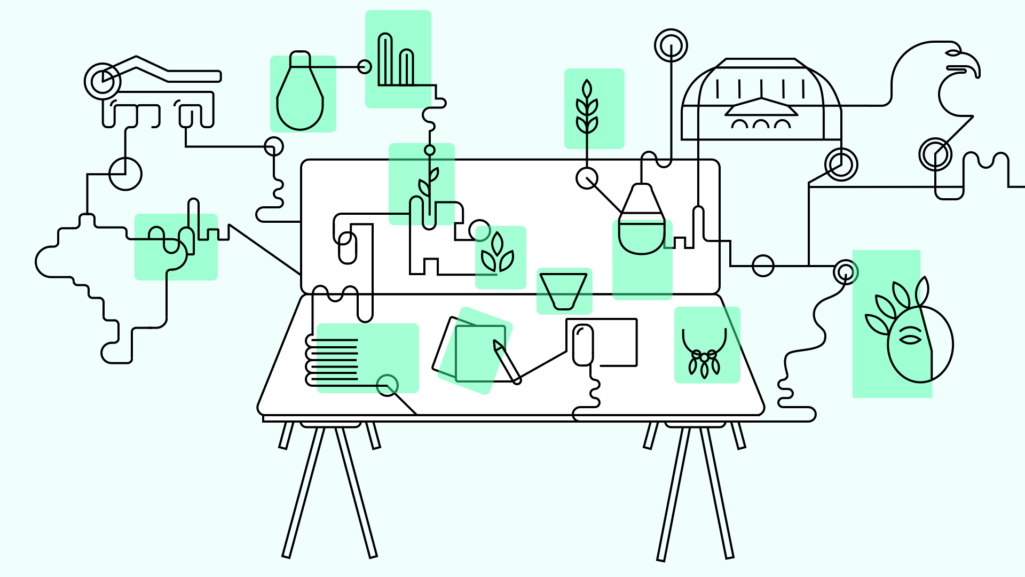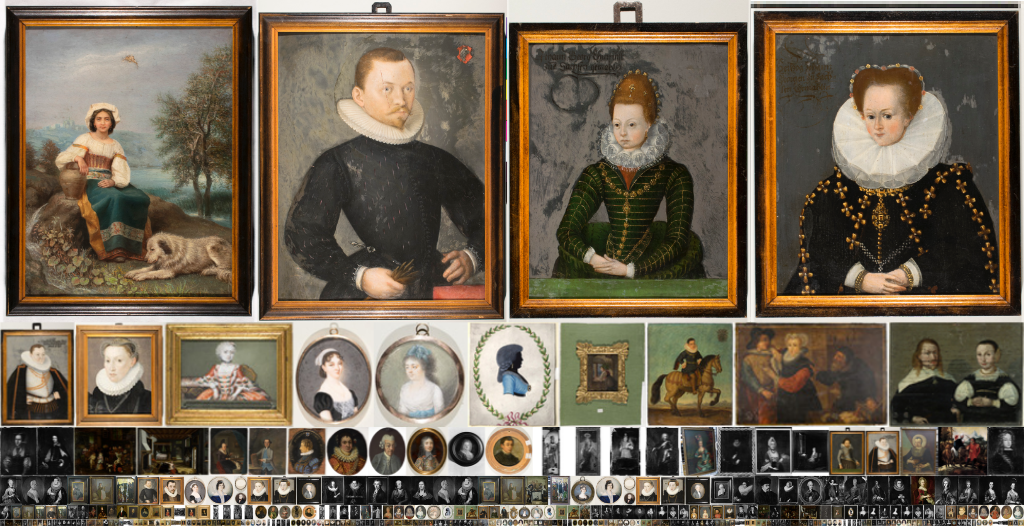Giacomo Nanni Information Visualization
Giacomo Nanni is a research associate at the UCLAB. His main field of interest lies in information visualizations and web development.

He holds a MA in Information Design at the Design Academy Eindhoven, with a focus on how data visualisation and data creation practices can be used to make sense of socio-political, infrastructural and urban contexts. Before joining the UCLAB, he worked as a web and information designer focussing on digital collections and archives. Since 2017 he works with museums, universities and institutions.
Projects Contributions
Amazonia Future Lab
Connect – Comprehend – Communicate
RESTAGING FASHION
Digital contextualization of vestimentary sources
Publications Published Works
Tracing and Telling: Exploring collection holdings through graph-based narratives
Cultural collections have transcended the boundaries of physical showcases and storage cabinets, evolving into intricate digital webs of interconnected data. The research project Restaging Fashion aimed to expand the possibilities for experiencing the linkages in digitized cultural heritage, focusing on the visualization of collection holdings related to the history of garments. Through graph-based narratives, the project investigated the complex interplay between the linear – and at times tentative – art historical discourses and the non-linear explorations of associated cultural heritage data. The resulting visualizations have been designed with the aim to allow for curated and dynamic exploration of the collection along research essays and their interrelated graphs.
“The research is happening in the text fields” – Are Linked Open Data and Art History a good match?
This contribution explores the instructive tensions between art-historical research and semantic data modeling. While the potential of LOD-applications is obvious in terms of standardization and precision some aspects of research may not be formally represented. Therefore we propose to bridge LOD and full text descriptions through information visualization.


